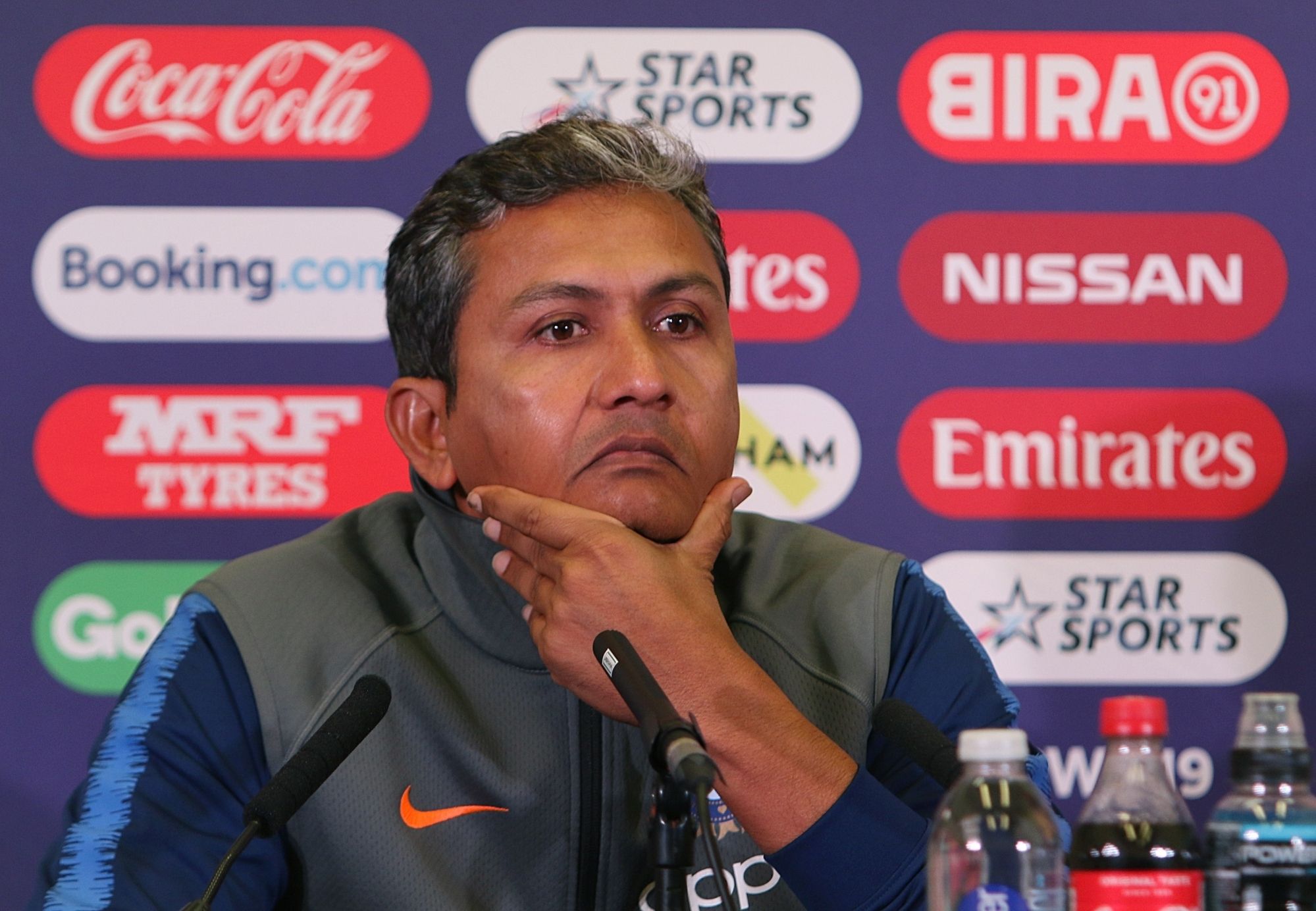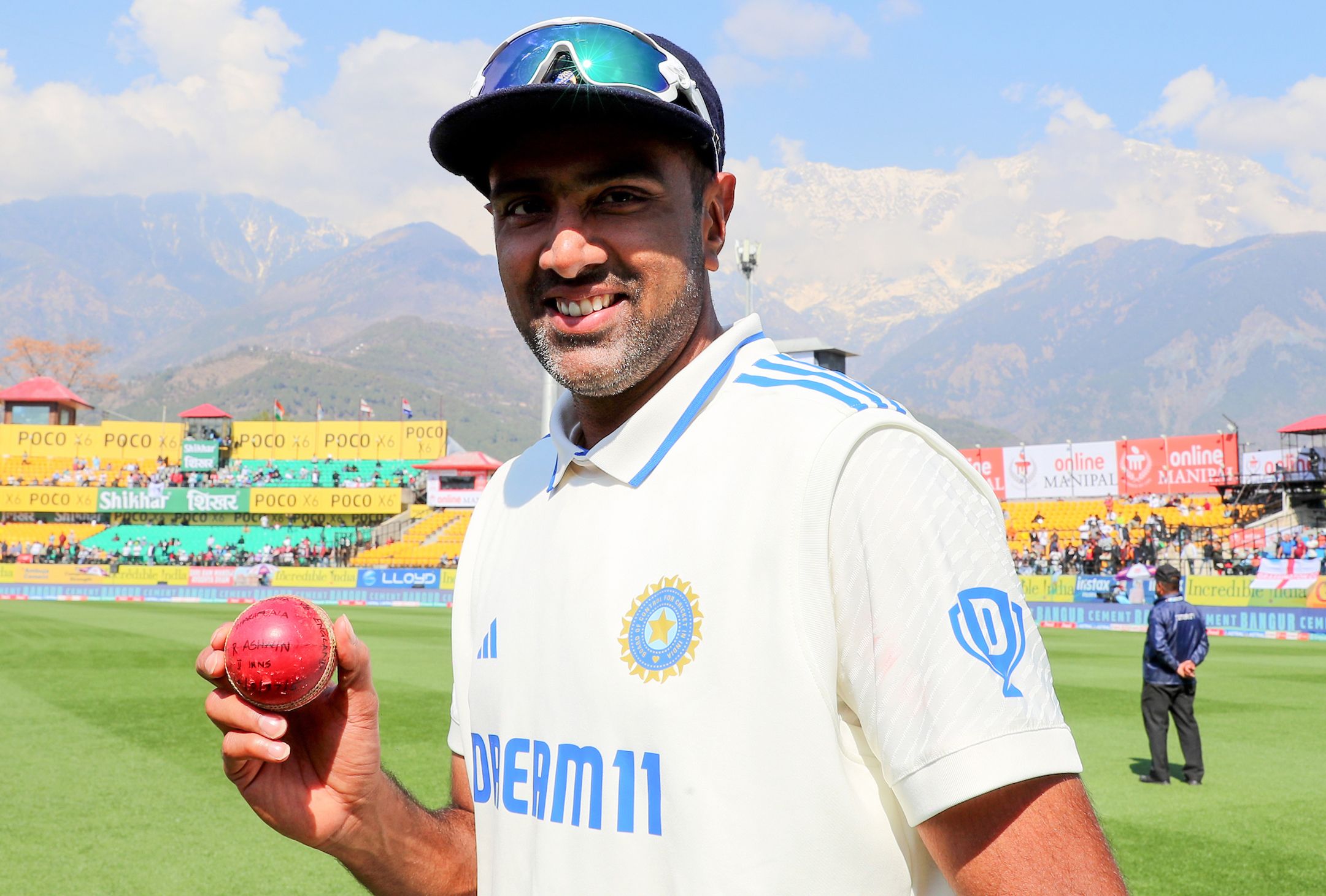|
Tokyo, Jan 11 (IANS) Scientists have successfully gathered high-quality data comparable to radiosonde observations using a modified commercially available drone, opening doors to improved weather prediction.
Moreover, the scientists investigated the possibility of collecting high-quality atmospheric data using a conventional low-cost UAS equipped with a radiation shield.
Meteorological data collected from polar regions is essential for forecasting climate and weather using operational numerical weather prediction (NWPs) models. One of the instruments in the meteorological observation network, radiosonde, provides an atmospheric vertical profile. (Radiosonde is a battery-powered telemetry instrument carried into the atmosphere usually by a weather balloon that measures various atmospheric parameters and transmits them by radio to a ground receiver.)
The effects of climate change are being felt most acutely in polar regions. This also makes them the ideal place to study ongoing climate variability. In fact, meteorological data collected from these areas is important for operational NWPs, a technique for predicting the weather based on mathematical modeling.
"Radiosonde networks are limited in polar regions. Moreover, they entail high operating costs in terms of sensors, energy, and human resources. Additionally, radiosondes often leave waste over the land and oceans and could be a source of pollution. It is, therefore, necessary to find a complementary way to strengthen the observing network with high-quality meteorological data for NWPs," said a release from the National Institute of Polar Research (NIPR), which is an inter-university research institute that conducts comprehensive scientific research and observations in the polar regions.
Fortunately, unmanned aircraft systems (UASs) or drones could potentially fit the bill. While UASs are limited to the lower boundary layer of the atmosphere, they have smaller operational costs and are easier to use. However, the quality of data collected by UASs is often reduced by radiation effects (from the sun and the drone body), the deposition of precipitation and cloud droplets, and the position of the sensors relative to wind direction.
In a recent study published in Environmental Research, Dr Jun Inoue from the National Institute of Polar Research, Japan and Assistant Professor Kazutoshi Sato from Kitami Institute of Technology, Japan, have investigated the possibility of collecting high-quality atmospheric data using a conventional low-cost UAS equipped with a radiation shield.
"Since the number of radiosonde observations have hardly increased in a long time because of the costs of resources, continuous observations with UASs are a highly desirable alternative to achieve sustainable development as well as meet the needs of ordinary people, such as fisherpersons, with improved forecasts," explains Dr. Inoue.
The study was made available online on December 2, 2021 and is assigned for publication in Volume 205 of the journal Environmental Research on April 1, 2022.
The duo focused on a commercially available drone. They performed laboratory experiments to determine the horizontal distribution of wind and heat exhaust below the M2ED as a way to gauge the ideal location for the sensors. Then using 3D printing and a heat-reflecting coating, they developed a radiation shield for the sensors that maintained ventilation simultaneously. The shield additionally prevented the deposition of precipitation on the sensor.
Next, they performed field experiments on the M2ED drone and compared its performance with two other meteorologically customised UASs. This was followed by field tests on the three UASs launched concurrently with radiosondes and a comparison of their performances. "The results showed that not only did the drone one provide high-quality data equivalent to that of the two other drones, but its accuracy was also, in fact, comparable to radiosondes," the release said.
"Our findings demonstrate that it is possible to make the existing polar observational networks sustainable with UASs. This could significantly boost their observation frequencies and spatial coverage through citizen science programmes," says Dr Inoue.
--IANS
niv/dpb
Copyright and Disclaimer: All news and images appearing in our news section, search engines and social media are provided by IANS. If you face any issues related to the content/images, please contact our news service provider directly. We are not liable/responsible for any content/images related to the news service provider.
|





.jpeg)

